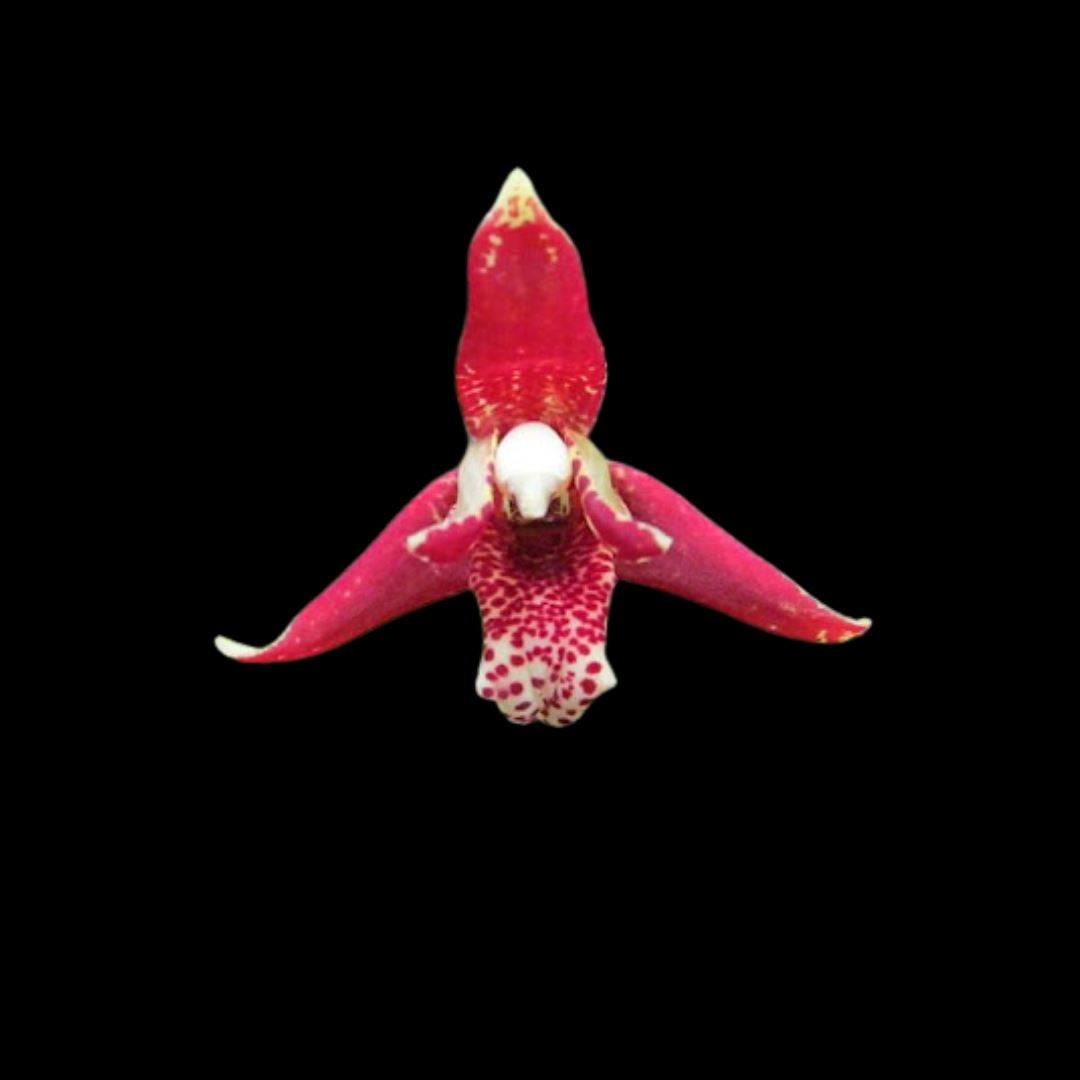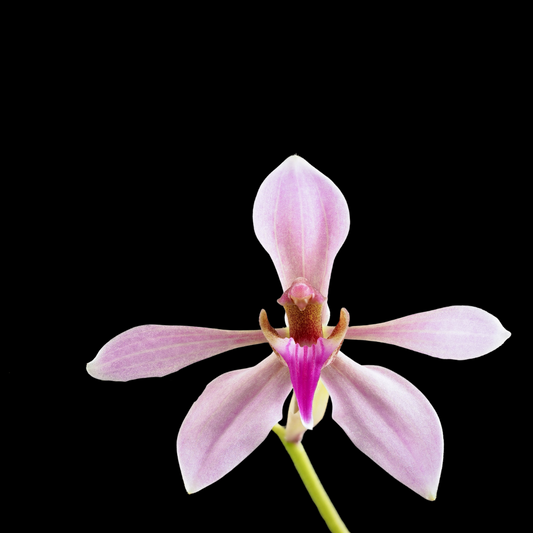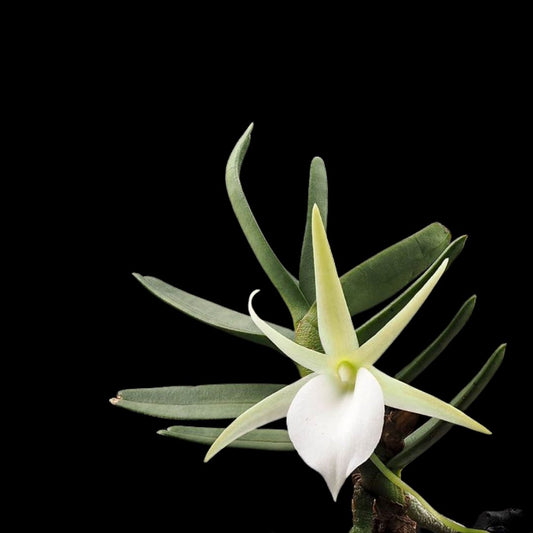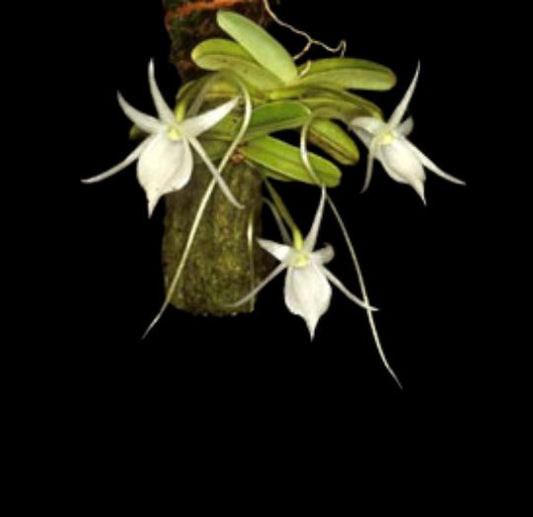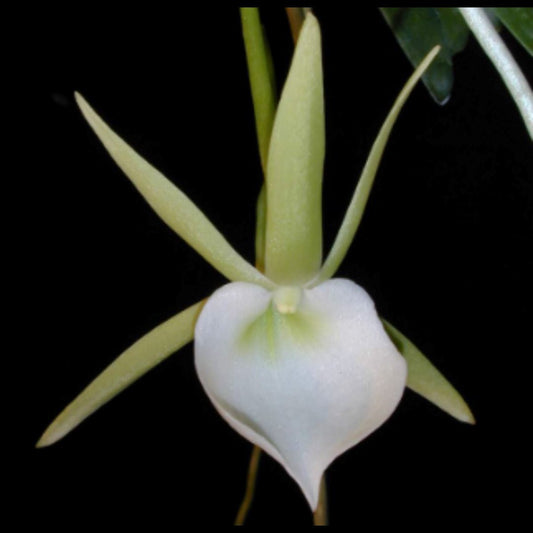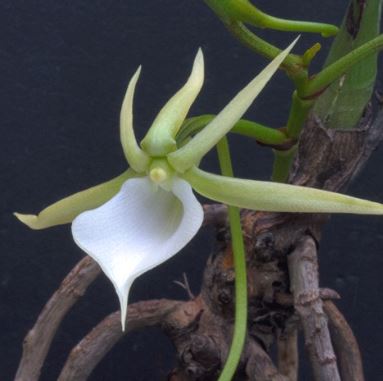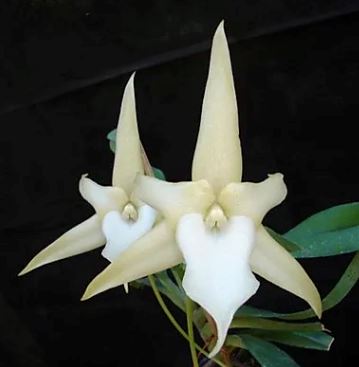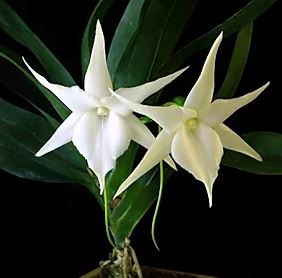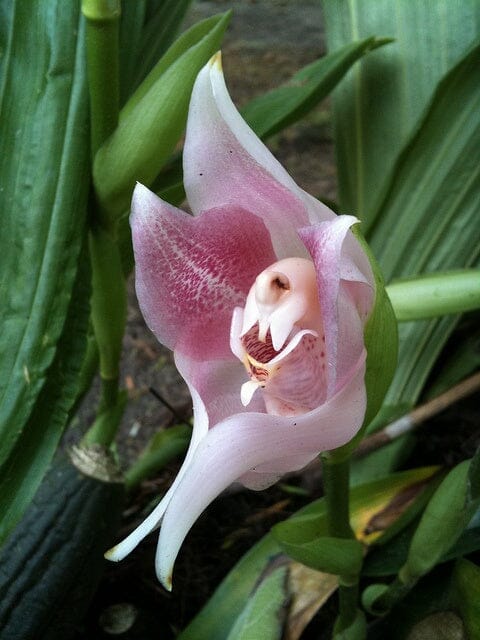La Foresta Orchids
Maxillaria curtipes
Maxillaria curtipes
Couldn't load pickup availability
Indulge in the allure of Maxillaria curtipes, a rare and unique orchid species that adds an exotic flair to any collection. With its captivating dark red blooms and distinctive features, this elusive gem is a prized find for orchid enthusiasts. Maxillaria curtipes is a captivating orchid native to the lush montane forests of Central America. With its striking dark red flowers adorned with yellow accents, this medium-sized epiphyte adds a touch of exotic beauty to any space.
Cultivating Maxillaria curtipes is a delightful endeavor, requiring attention to specific environmental conditions and care routines to ensure its thriving growth. Here are some tips to nurture this stunning orchid:
Light: Provide moderate, filtered light with a brightness level ranging from 18000 to 25000 lux. Avoid direct exposure to intense midday sun, while ensuring consistent airflow around the plant.
Temperature: Maintain a comfortable temperature range for Maxillaria curtipes, with summer daytime temperatures around 22-24°C and nighttime temperatures at 13-15°C. In winter, slightly cooler conditions of 19-21°C during the day and 9-10°C at night are ideal.
Humidity: Keep humidity levels between 70-80% throughout the year to promote healthy growth. Adequate humidity prevents leaf yellowing and drying, while good air circulation helps prevent rot and fungal diseases.
Substrate and Repotting: Choose a well-draining substrate such as medium-sized fir bark or shredded tree-fern fiber, mixed with perlite for moisture balance. Repot when needed, especially when new roots emerge, to ensure optimal growth conditions.
Watering: Water Maxillaria curtipes frequently during active growth periods, ensuring excellent drainage to prevent waterlogging. Adjust watering frequency as new growth matures, reducing water intake in the fall.
Fertilization: Fertilize weekly with 1/4-1/2 doses of orchid fertilizer during active growth phases. Use a balanced fertilizer or opt for high-nitrogen formulations in spring to mid-summer, switching to phosphorus-rich fertilizers in late summer and autumn.
Rest Period: Maxillaria curtipes does not require a winter rest period; maintain consistent care throughout the year. Adjust watering and fertilization slightly in winter, ensuring the plant receives adequate hydration and nutrients for continued health.
This is a blooming size division in a 4" pot, newly repotted, about 1 to 2 years to bloom, grown from seed, limited!
With proper care and attention to its specific needs, Maxillaria curtipes will reward you with its stunning blooms and lush foliage, bringing a touch of tropical elegance into your home or garden year-round.


